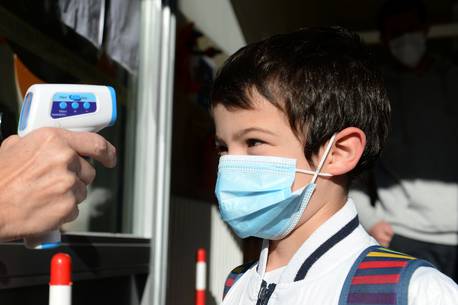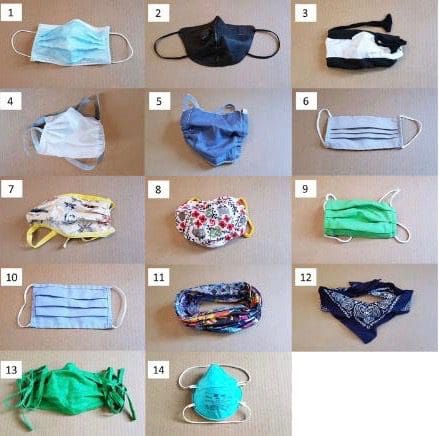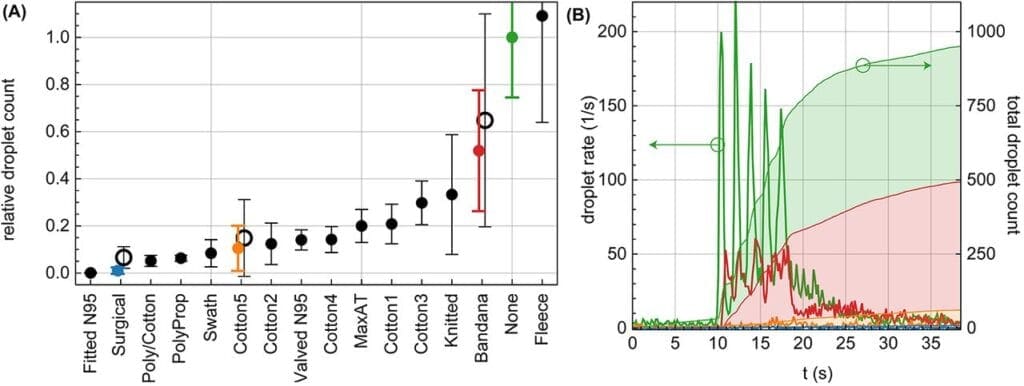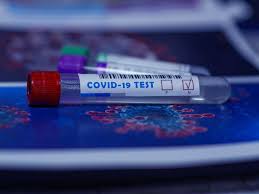Search Posts
Recent Posts
- America’s 1st 2024-25 Milken Educator Award: Maria Santonastaso, Glen Hills, Cranston teacher October 23, 2024
- Rhode Island Weather for October 23, 2024 – Jack Donnelly October 23, 2024
- It’s a ‘no’ to divestment. Protesters react. Brown University elects 7 to its governing body. October 23, 2024
- Time for Sour Grapes! – Tim Jones October 23, 2024
- It is what it is (10-23-24) – Jen Brien October 23, 2024
Categories
Subscribe!
Thanks for subscribing! Please check your email for further instructions.

Three Coronavirus developments you’ll want to know…
Three Coronavirus Developments you’ll want to know about…
Temperature Checks are OUT

During a Facebook LIVE presentation with the Governor of Rhode Island, Dr. Anthony Fauci declared that the CDC is no longer depending on temperature checks for all groups as they “are notoriously inaccurate – many times”. There were concerns about taking temperatures when outdoor temperatures are high, as well. As far as schools opening, he recommends personal screening conversation, and not taking individual temps of children presenting to school. The video of Dr. Fauci & Gov. Raimondo was shown on several national news stations, noting this change in recommendation.
The RIGHT kind of Mask is IN

Duke University completed a study on the most effective type of masks. Now that everything from surgical masks to N95s to cloth scarves to gaiters are being worn by everyone, this study showed which masks are most effective as a tool against the coronavirus.
In a study published Friday, researchers with Duke’s physics department demonstrated the use of a simple method that uses a laser beam and cell phone to evaluate the efficiency of masks by studying the transmission of respiratory droplets during regular speech.
They used a black box, a laser, and a camera to record light that is scattered in all directions by respiratory droplets that cut through the laser beam when they talk into it. A simple computer algorithm then counted the droplets.
When testing their effectiveness, researchers discovered that some masks are quite literally useless. Researchers tested 14 commonly available masks. Each mask was tested 10 times. The most effective mask was the fitted N95. Three-layer surgical masks and cotton masks, which many people have been making at home, also performed well.
Neck fleeces, also called gaiter masks and often used by runners, were the least effective. In fact, wearing a fleece mask resulted in a higher number of respiratory droplets because the material seemed to break down larger droplets into smaller particles that are more easily carried away with air.
Folded bandanas and knitted masks also performed poorly and did not offer much protection.
“We want to emphasize that we really encourage people to wear masks, but we want them to wear masks that actually work.”

The full study link:
https://advances.sciencemag.org/content/early/2020/08/07/sciadv.abd3083
A new TEST in the toolbox

Today, the U.S. Food and Drug Administration issued an emergency use authorization (EUA) to Yale School of Public Health for its SalivaDirect COVID-19 diagnostic test, which uses a new method of processing saliva samples when testing for COVID-19 infection.
This is the fifth test that the FDA has authorized that uses saliva as a sample for testing. Testing saliva eliminates the need for nasopharyngeal swabs, which have also been prone to shortages, and alleviates the patient discomfort associated with these swabs. Since the saliva sample is self-collected under the observation of a healthcare professional, it could also potentially lower the risk posed to healthcare workers responsible for sample collection. While FDA has seen variable performance in tests using saliva, Yale School of Public Health submitted data with its EUA request from which the FDA determined that Yale’s test meets the criteria for emergency authorization when used to test saliva samples for SARS-CoV-2, the virus that causes COVID-19 infection.
